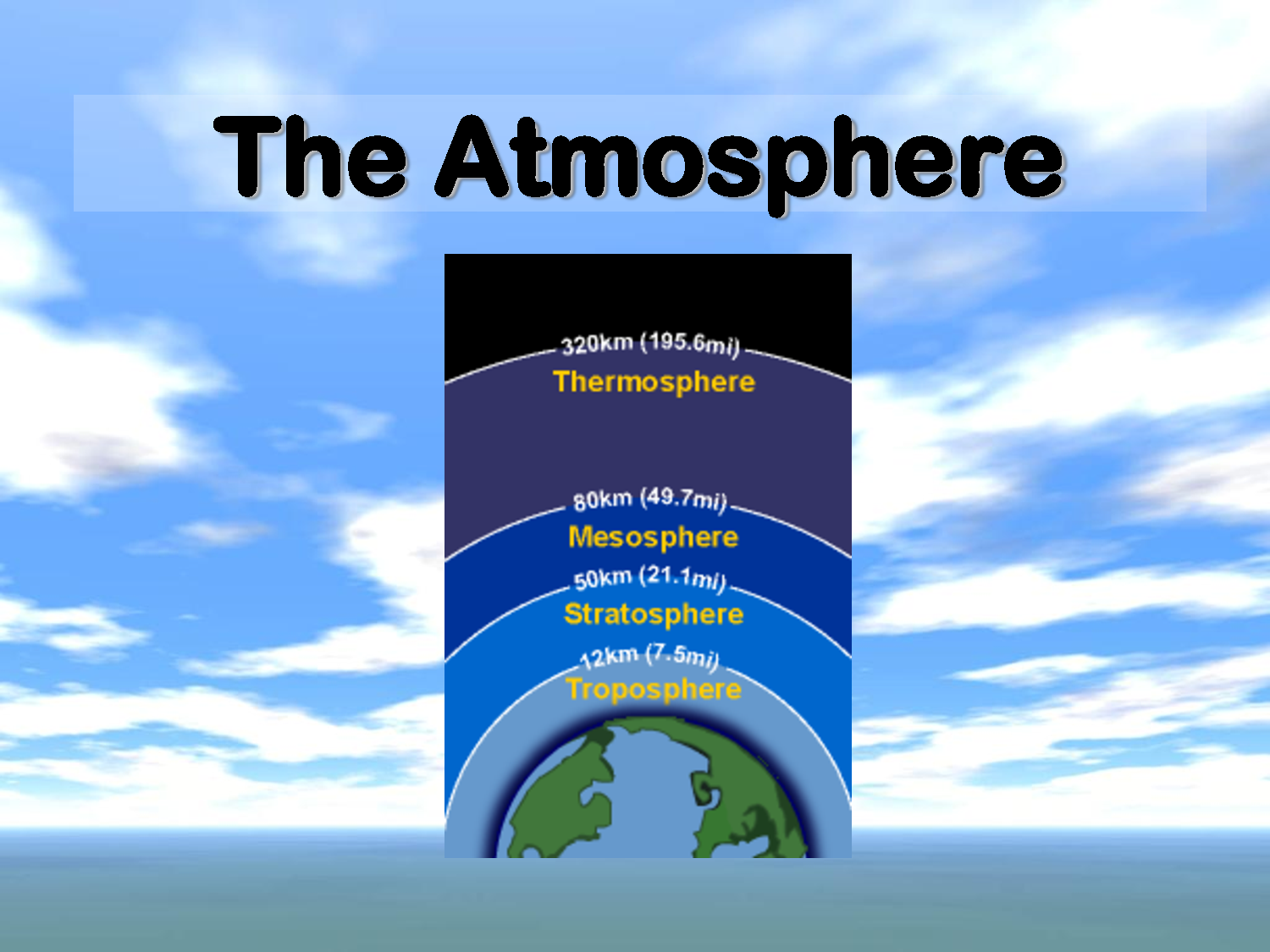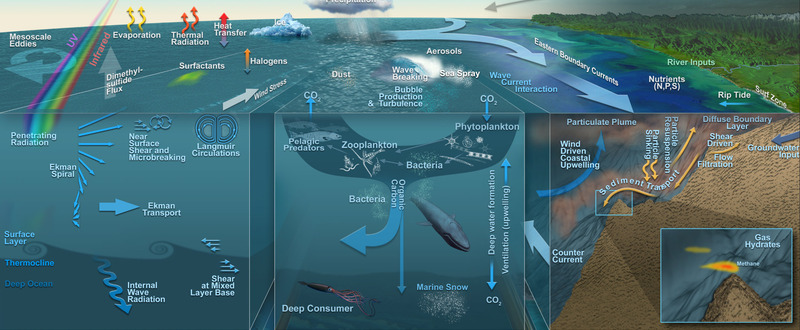41.WHAT WOULD HAPPEN WHEN THERE IS NO DUST?
Would the world really be so much better off if there were no dust? The answer is: in some ways—yes; in some ways—no. What is dust, anyway? It consists of particles of earth, or other solid matter, which are light enough to be raised and carried by the wind. Where do these particles come from? They might come from dead plant and animal matter, from sea salt, from desert or volcanic sand, and from ashes or soot.
For the most part, dust is not a very desirable or beneficial thing. But in one way, it helps make the world more beautiful! The lovely colors of the dawn and of twilight depend to a great extent on the amount of dust that is present in the air.
40.WHAT IS THE ATMOSPHERE OF THE EARTH?
As we read about man’s plans to explore the moon and other planets, we often come across the question of an atmosphere. Do other planets have an atmosphere, too?
As far as scientists know, there is no other planet or star that has an atmosphere like ours. What is atmosphere? We can think of it as a great ocean of air that surrounds the earth and that extends up for hundreds of miles.
39.WHAT IS OCEANOGRAPHY?
If you take practically anything that exists in nature, the chances are that there is also a special science to study it. Oceanography is the study of all the sciences connected with the ocean to help man understand how the ocean was formed and how changes take place in it.
As you might imagine, this takes quite a bit of studying! Let’s see what it includes. Well, we can begin with the shoreline itself. The seacoast, the borderline between land and sea, is always changing due to tides, storms, everyday action of the sea against the shore, and upward and downward movements of the land.



